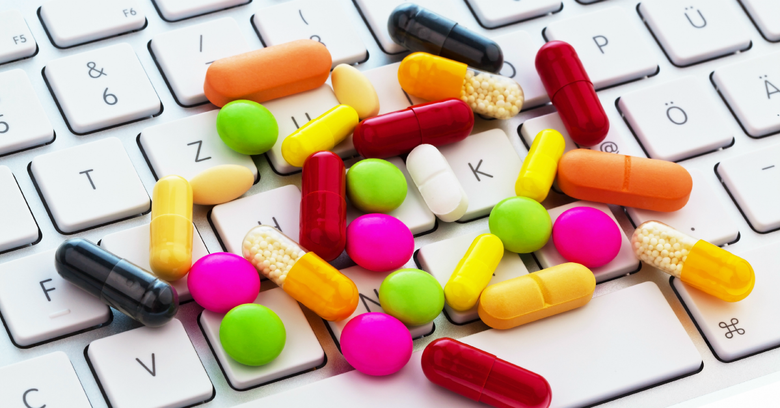Pharmacy distribution solutions today: Operating in over 50 countries, our global network ensures timely and reliable distribution tailored to the unique needs of each region. We pride ourselves on maintaining the highest standards of safety and compliance, enabling us to serve diverse markets with precision and care. From rural clinics to large metropolitan hospitals, we are dedicated to improving patient outcomes through seamless logistics and cutting-edge medical solutions. With partner warehouses and distribution centers strategically located worldwide, we are able to deliver to any location, including remote and underserved areas. Our global presence allows us to respond to urgent medical needs with speed and precision. Read even more information on pharmaceuticals supplier.
Fragile and High-Value Goods – Medical products, especially surgical tools, imaging devices, and high-tech diagnostic equipment, are often both fragile and highly valuable. Any damage during transport can result in significant financial losses and disrupt medical services at the destination. Similarly, the risk of theft for high-value shipments can’t be ignored, especially in areas with heightened security concerns. The Solution: Secure and Specialized Handling – Transporting fragile and high-value medical goods demands special packaging, handling, and security measures. Custom crates, shock-absorbing packaging, and GPS-enabled locks provide added protection during shipment. In high-risk regions, securing insured transportation and using trusted local distribution partners can mitigate theft risks.
The Solution: Flexibility and Preparedness – The key to managing unpredictable demand lies in building a flexible and responsive supply chain. Strategic stockpiling of essential items, diversifying suppliers, and using multiple transportation routes all help reduce the risk of disruptions. Additionally, developing partnerships with logistics providers who are experienced in crisis management ensures that resources can be quickly mobilized when urgent medical supplies are needed. See extra details on https://medlogil.com/.
Check Supplier Reputation and Track Record – Before partnering with a supplier, it’s essential to do some background research to ensure they have a solid reputation in the industry. You want a supplier that is reliable, ethical, and known for delivering quality products consistently. How to Evaluate a Supplier’s Reputation: Customer Reviews and Testimonials: Look for online reviews, testimonials from other pharmacy owners, and case studies that highlight the supplier’s track record. Industry Experience: A supplier with years of experience in pharmaceutical distribution is more likely to have established processes and a proven track record.
Ensure Strong Communication and Customer Support – Good communication is key to a successful business relationship with your supplier. A reliable supplier will have a responsive customer support team that can answer questions, address concerns, and resolve issues quickly. Questions to Consider: How quickly do they respond to inquiries or issues? Do they have a dedicated account manager or support team for pharmacy clients? Are they willing to provide guidance on product selection or regulatory compliance? How do they handle product returns, damaged goods, or incorrect orders?
What Are Generic Medications? Once a branded drug’s patent expires, other pharmaceutical manufacturers can produce the same medication under its chemical (generic) name. These are known as generic drugs, and they contain the same active ingredients as the branded version. Generics are required by regulatory authorities like the U.S. FDA and the European Medicines Agency (EMA) to be bioequivalent to their branded counterparts, meaning they work in the same way and provide the same clinical benefits. Because generic drug manufacturers don’t have to repeat the expensive research and development process, they can sell these medications at a significantly lower price. This makes generics more affordable and accessible for many patients.
